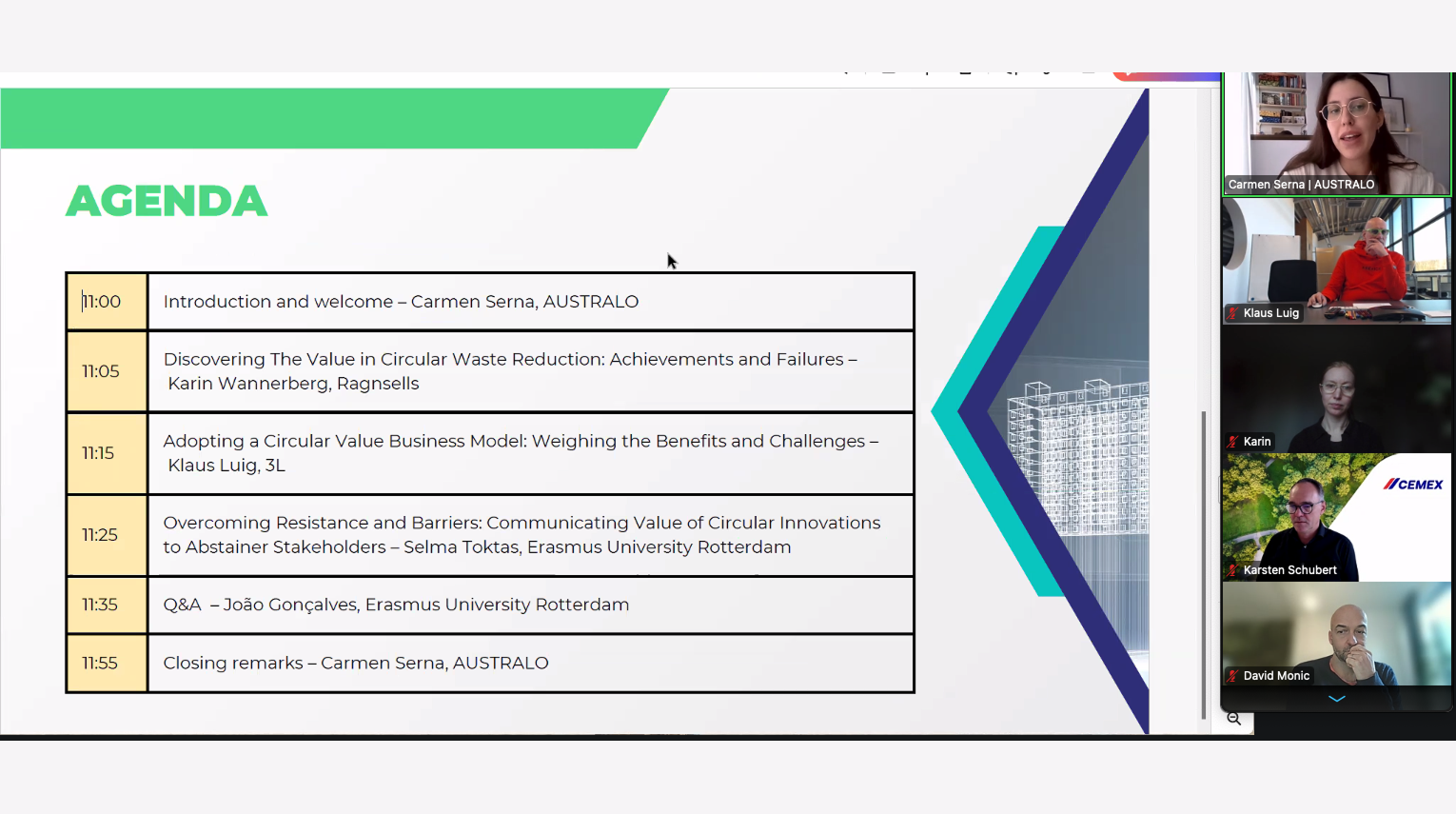
The construction industry is undergoing a transformative shift towards sustainability, with circular innovation at its core. The Reincarnate project hosted a pivotal webinar titled “Adopting Circular Innovation Tools in the Construction Industry,” bringing together experts to discuss strategies, challenges, and success stories in implementing circular practices.
The session began with a focus on achievements and challenges in reducing waste through circular methods. Practical approaches to minimizing construction waste were showcased, emphasizing the importance of learning from both successes and setbacks to drive future innovation.
Discussions explored how circular value business models can be integrated into construction projects. The benefits of transitioning from traditional linear processes to circular models were highlighted, considering both economic and environmental advantages.
The challenges of introducing circular innovations were examined, particularly the resistance often encountered within the industry. The importance of effectively communicating the value of these changes to stakeholders was emphasized, along with strategies for overcoming hesitation and fostering adoption.
The webinar concluded with an interactive Q&A session, providing attendees with the opportunity to delve deeper into the topics discussed and explore practical steps for implementation.
This webinar, part of the Reincarnate project’s ongoing efforts to promote circular economy principles in construction, reinforced the need for:
By fostering discussions and sharing knowledge, the project aims to equip industry stakeholders with the tools and insights needed to drive sustainable transformation in the built environment.
For those interested in further exploring circular economy practices in construction, read the full recap of the webinar.